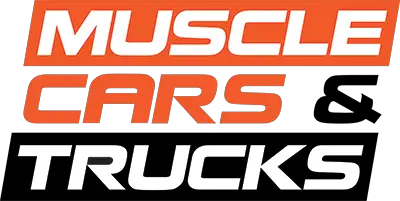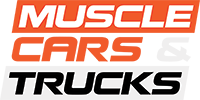Diesel fuel was once viewed as a critical part of a greener future, before Volkswagen single handedly destroyed decades of support for the fuel with their infamous Dieselgate scandal. The automaker’s use of emissions testing defeat devices from 2009 to 2015 became the focus of an EPA investigation, spawning some five years of subsequent research into the topic. According to a new report from The New York Times, the EPA has spent some of that time looking into diesel trucks and the parts their owners like to buy. Their findings don’t paint a pretty picture for sparkless ignition enthusiasts.
According to the EPA report, more than an estimated 500,000 diesel truck buyers have fit the necessary equipment to defeat their factory emissions control system, or 15 percent of all Class 2B and Class 3 diesel trucks on the road today. The report is based on evidence obtained by EPA civil enforcement personnel during many investigations conducted over approximately five years, between 2009 and 2020.
While that may not seem like a huge amount, that is the same number of Volkswagen cars that had to be recalled here in the U.S. following the Dieselgate scandal. The EPA also estimates that the excess emissions from these pickups is equivalent to an extra 9 million vehicles on the road, based on extrapolated data.

Furthermore, the study notes that these devices will allow these trucks to release more than 570,000 tons of nitrogen dioxide over the lifetime of the vehicles. Indeed, nitrogen dioxide is pretty nasty stuff, and has been linked to causing heart and lung disease. The trucks will also dump some 5,000 excess tons of industrial soot into the air over that same time. Those levels of emissions are more than 10x higher than what Volkswagen was responsible for here in the U.S.
Unlike with VW, this issue is much harder for the EPA to tackle. Whereas they were able to slap a $14.7 billion fine on the German automaker, there are literally hundreds of places you can order these parts for diesel trucks. Even Amazon will sell you these parts for your truck, despite the fact that the Clean Air Act deems them to be illegal. The EPA has gone after individual companies in the past, but would prefer states to get involved more directly.

However, the EPA study never bothered to ask “why” people are running diesel vehicles with EGR delete. In regards to this, there are several reasons why owners of diesel trucks feel the need to buy these parts. Performance is always a selling point, but that doesn’t necessarily mean horsepower bumps. Modern diesel trucks are loaded with tech like exhaust gas recirculation systems and urea injection to help with emissions. That said, these systems have proven to be finicky and costly to repair in the real world. This has pushed some diesel customers to find ways to make their once bulletproof engines more reliable and usable again.
This becomes more true when looking at aging fleet vehicles in industries like construction, and other work sectors where Class 2B and Class 3 trucks are constantly pushed to their limits, yet companies cannot always justify the price of a new diesel three-quarter ton or full-ton pickup. For instance, a 2021 Ford F-250 Power Stroke with an 8-foot bed is over $50,000, with nearly $10,500 of that being the premium to opt for the diesel engine. For those wondering what drives somebody to go diesel over gas engines, the answer is simple: more torque, better fuel economy, and a longer lifespan on average.
Others just want to roll coal, which we won’t even try to explain, or rationalize.
This report is likely not great news for the auto industry as a whole, as the EPA decides what to do next. While we don’t think it’s possible to eliminate diesel engines from commercial world, we could see the end of any form of legalized diesel tuning in the very near future.
On the grand scheme of things, however, we’re left wondering how these estimated NOx and sulfur levels compare to what commercial trucks and logistical companies are contributing to environmental pollution, let alone the global shipping business or aerospace. We doubt they’re as significant as these massive industries.






